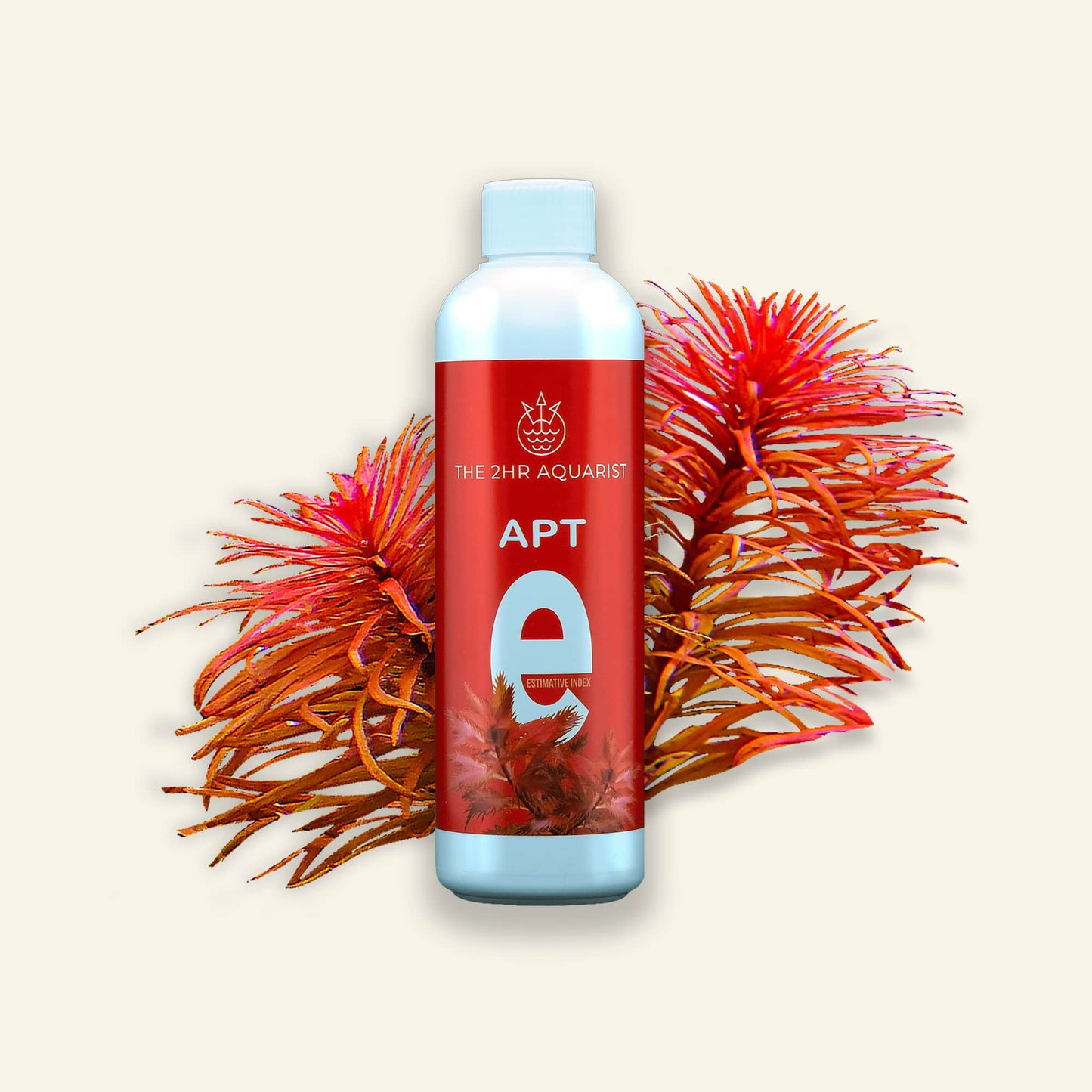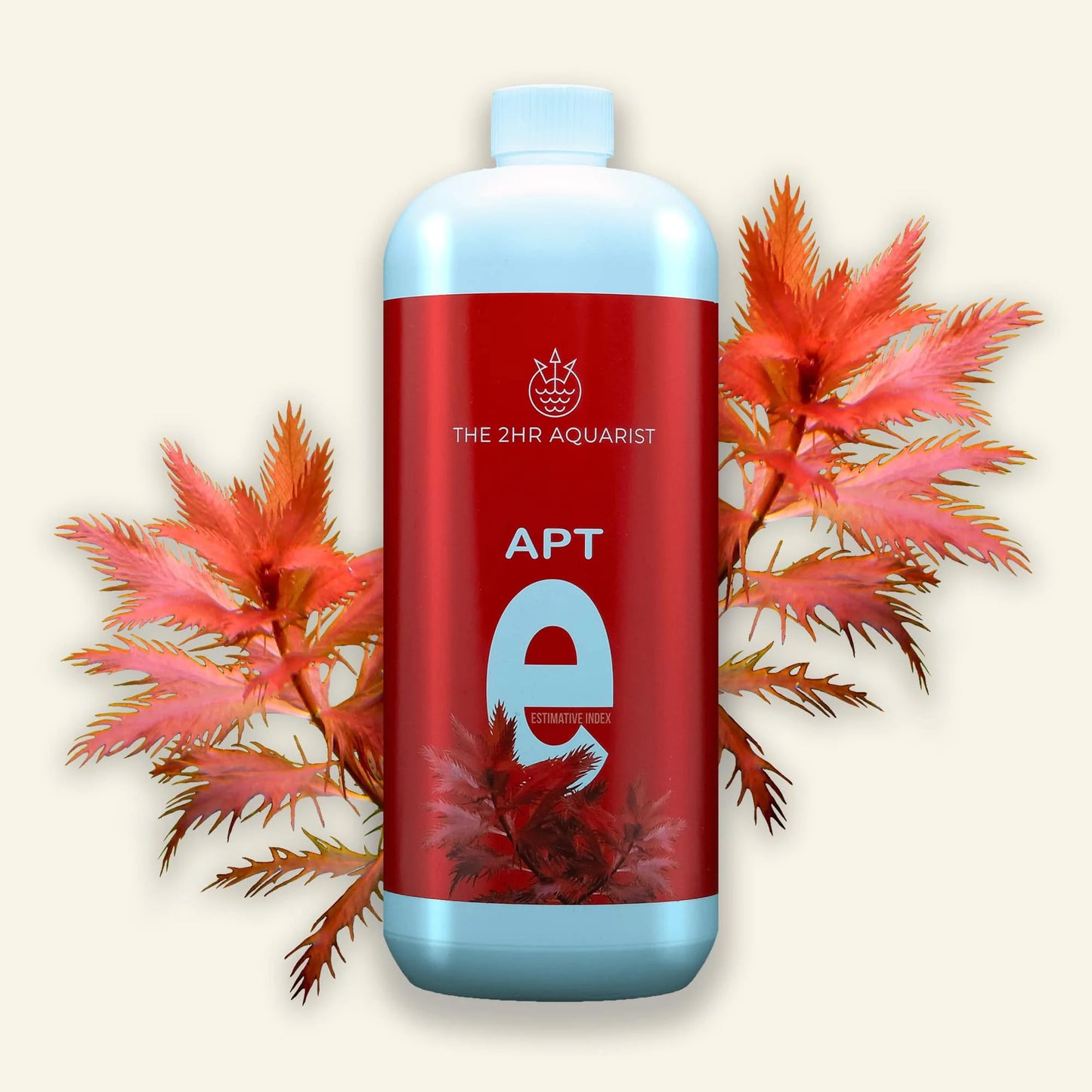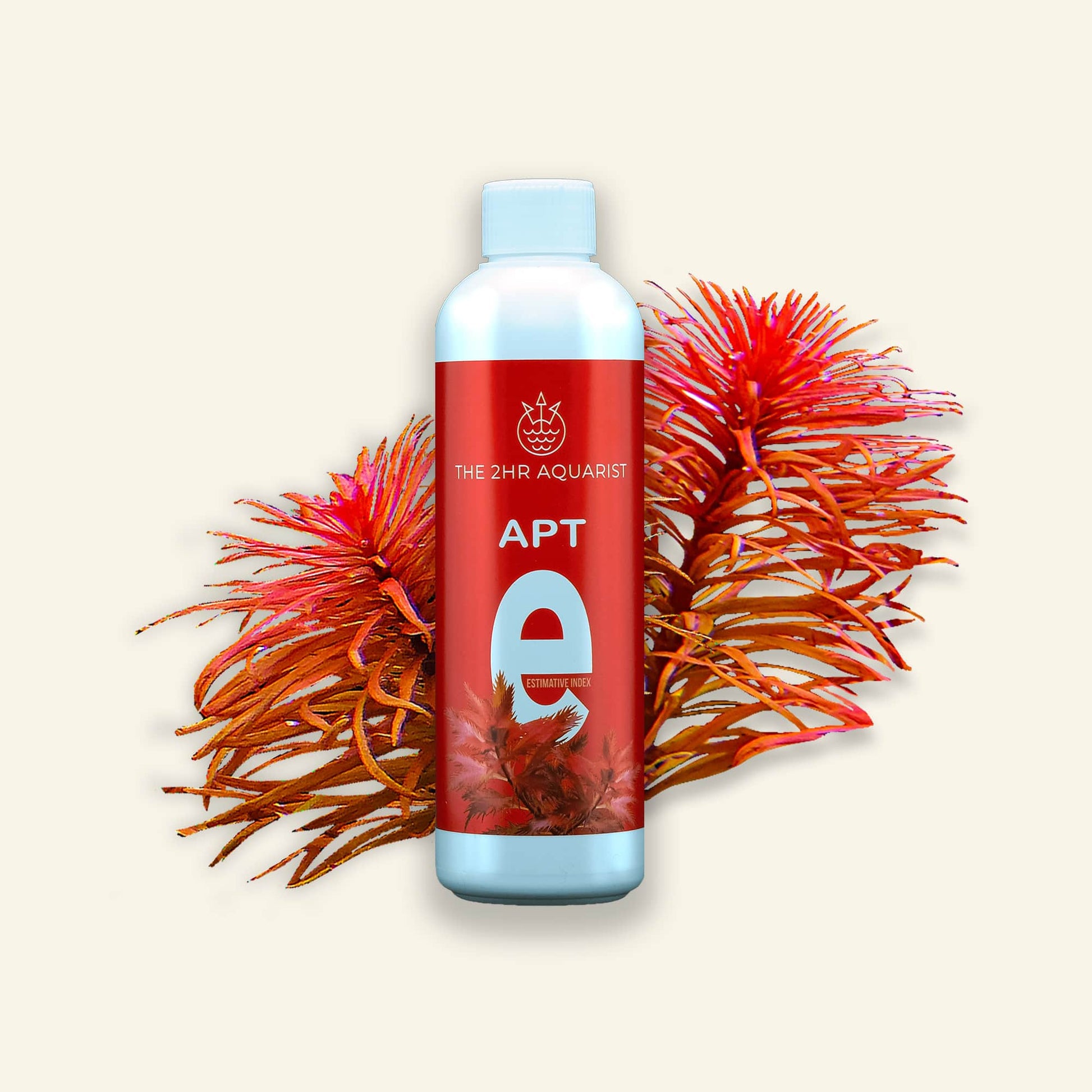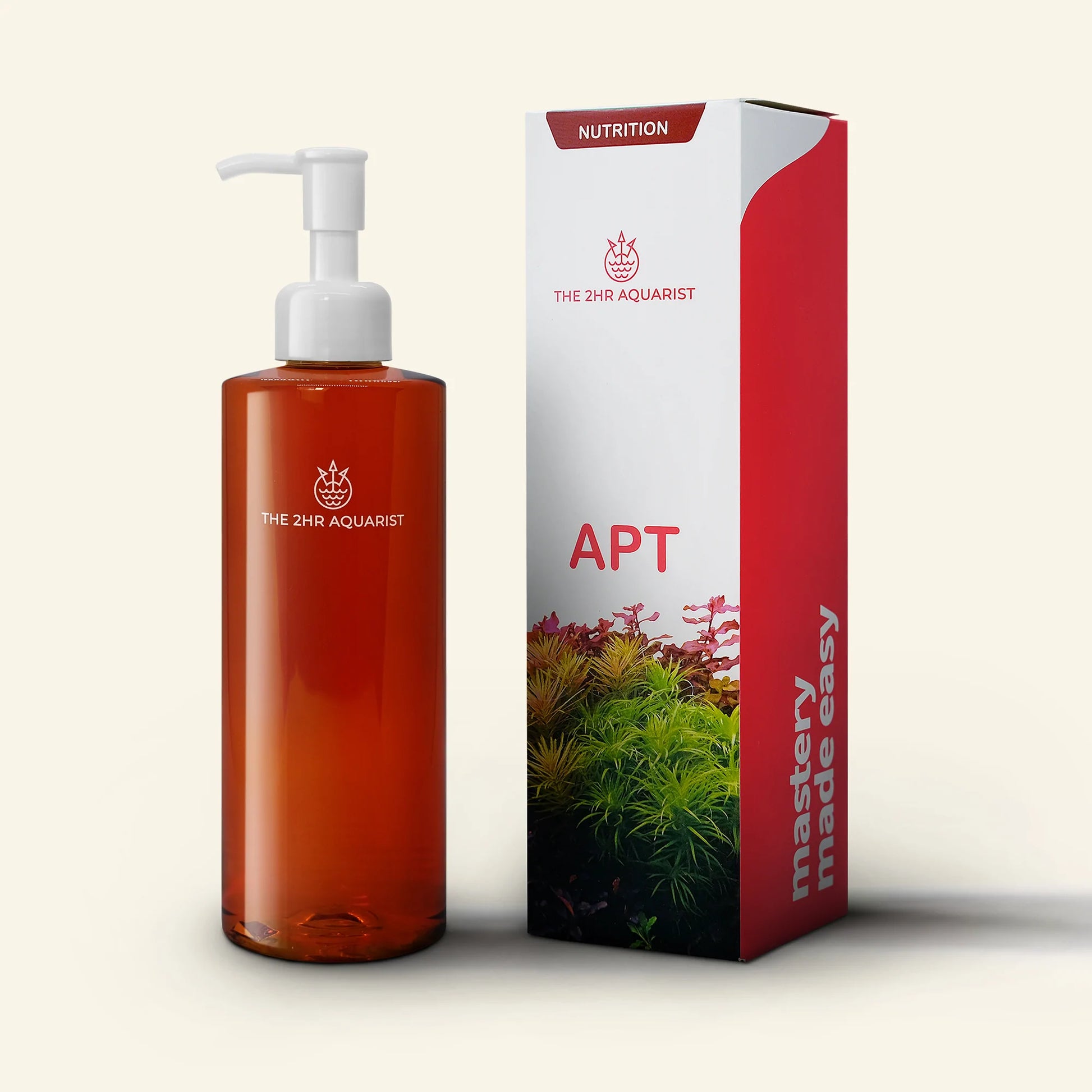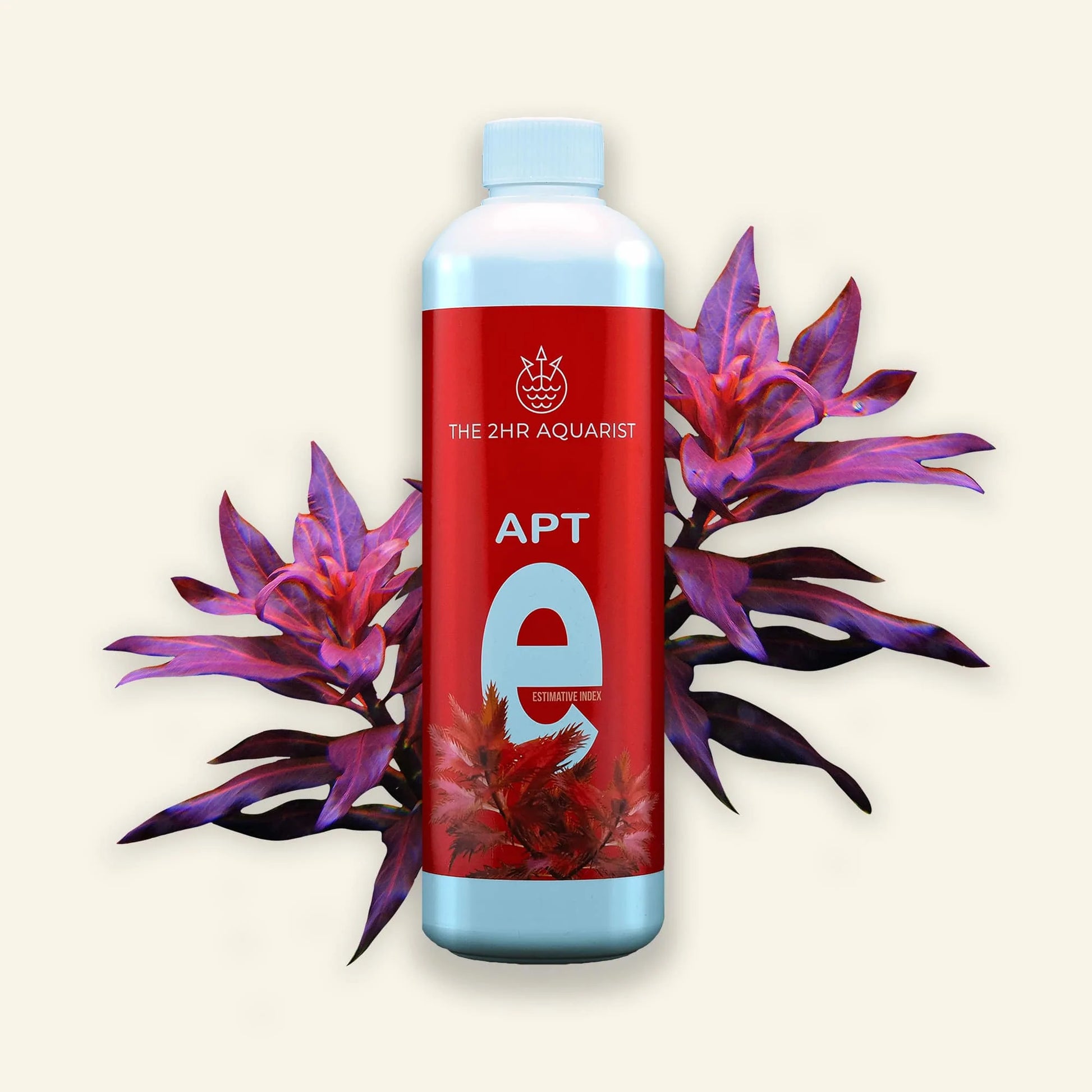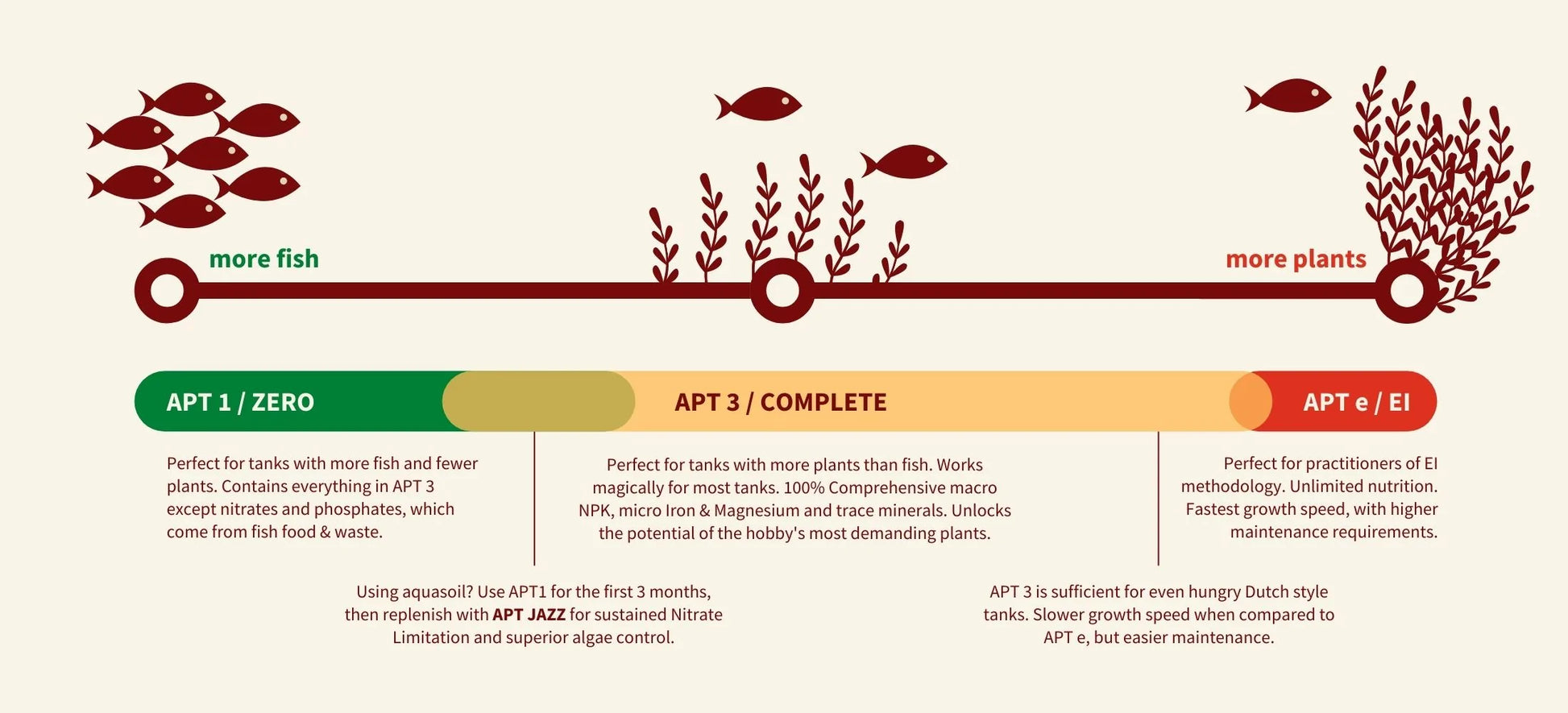1
/
of
6
2HR Aquarist
2Hr Aquarist APT E Estimative Index
2Hr Aquarist APT E Estimative Index
Regular price
$10.00 CAD
Regular price
Sale price
$10.00 CAD
Unit price
/
per
Couldn't load pickup availability
